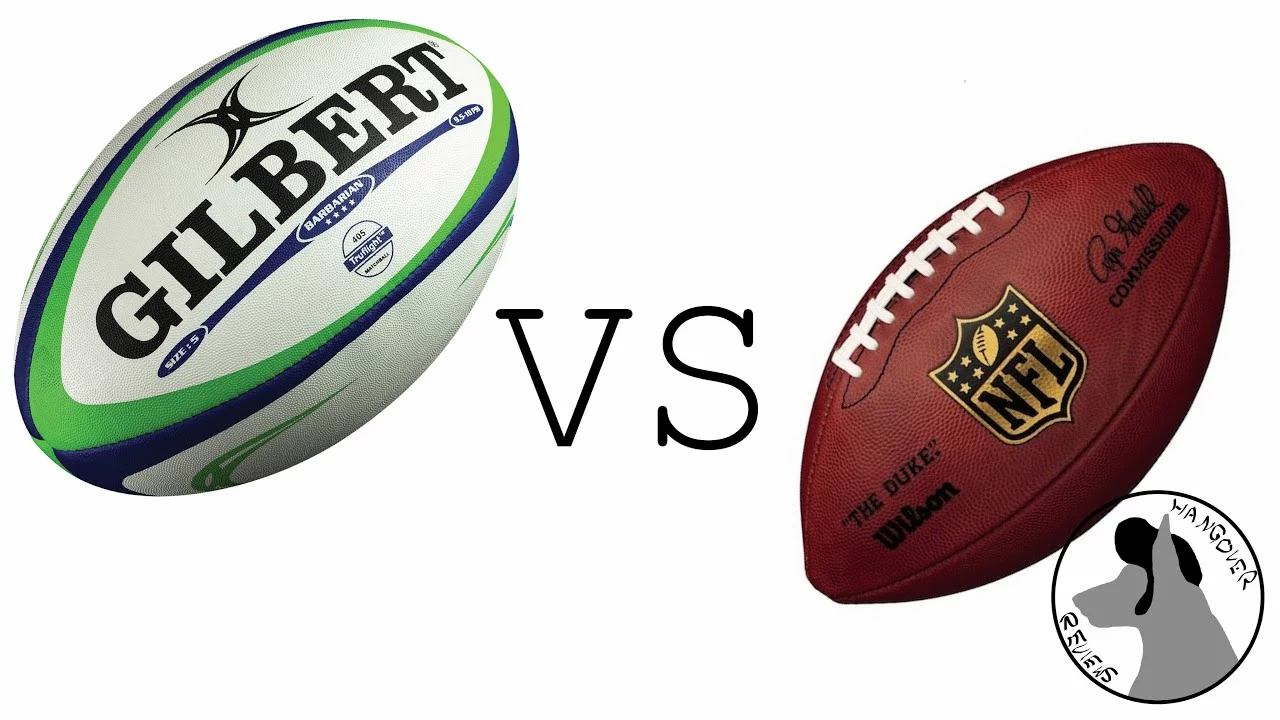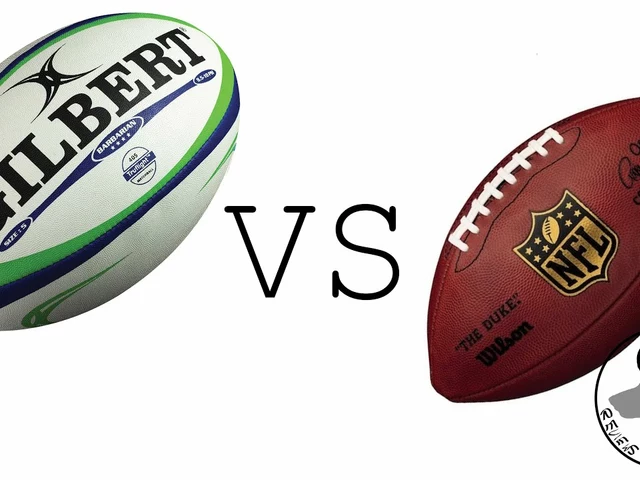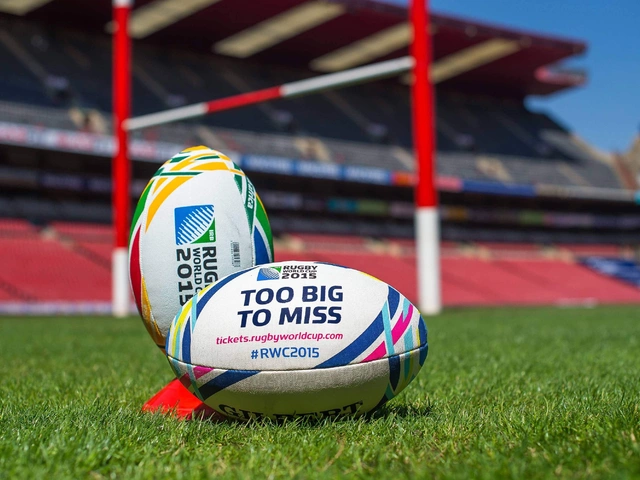Sports History – How Rugby Shaped Football and American Football
Ever wonder which sport came first, rugby or American football? Or why soccer feels a lot like rugby in some ways? You’re not alone. Fans love to compare the games, but the real story starts back in 19th‑century England. Let’s break down the timeline, the rules that set them apart, and the surprising ways they borrowed from each other.
Rugby vs American Football: Who Came First?
Rugby was born in the early 1800s at Rugby School, when a student supposedly grabbed the ball and ran with it during a soccer match. By the 1840s the game had clear rules – an oval ball, a line of scrimmage, and the freedom to run forward. American football didn’t appear until the 1860s and 1870s, when colleges started mixing rugby with their own ideas. Walter Camp, often called the “Father of American Football,” took the rugby framework and added the down system, the forward pass, and the eleven‑player lineup we know today.
So, rugby is definitely older. It gave American football a solid foundation, then the U.S. tweaked the rules to create a faster, more strategic sport. That’s why you still see similar formations and the same oval ball, but the gameplay feels very different.
From Rugby to Soccer: The Evolution of Football
Most people think soccer (the rest of the world calls it football) grew out of a totally separate tradition. In reality, early English schoolboys played various “football” games, including versions that allowed handling the ball. When the Football Association (FA) formed in 1863, they deliberately removed the hand‑ball rule to make a game that emphasized footwork. The result was a sport that kept the rectangular field and some basic scoring ideas, but banned the forward runs that define rugby.
The biggest rule that separates soccer from rugby is the direction of the pass. Rugby lets you pass backwards, which keeps the ball in the hands of teammates moving up the field. Soccer forces every pass forward, which changes the flow completely. That rule alone shaped how teams build attacks and defend.
Even though soccer stripped away the handling element, many of its early tactics were borrowed from rugby drills – think of the way teams practice set‑piece formations or use strategic kicking to gain territory. The split happened because schoolboys wanted a less violent alternative that could be played by more people.
So, in a nutshell: rugby came first, inspired American football, and indirectly influenced soccer by prompting a rule change that created a new, foot‑only sport. Next time you watch a match, notice the similarities – the oval ball, the line of scrimmage, the way teams line up – and you’ll see how one game sparked the others.
If you love sports history, keep asking questions. When did each rule change happen? Which clubs pushed for the new versions? Understanding the timeline gives you a deeper appreciation for today’s games, and maybe even a clue about where they’ll head next.

Was rugby invented before American football?
Absolutely, rugby was indeed invented before American football. The origins of rugby date back to the early 19th century in England, while American football didn't come into existence until later in the same century. It's interesting to note that the development of American football was actually influenced by both rugby and soccer. So, in a sense, rugby is the older sibling of American football. It's fascinating to see how one sport can evolve from another, isn't it?
Jul 23 2023

Did football come from rugby?
Football, popularly known as soccer, has long been considered to have evolved from the English game of rugby. The two sports have many similarities, such as the basic rules of play and the shape of the ball. The main difference between the two is that rugby allows players to pass the ball backwards, while in football the ball must be passed forwards. It is believed that football was developed from rugby in the 19th century by English schoolboys who wanted to create a less physical game. The Football Association, which was founded in 1863, established the first set of rules for football, which differed from rugby's rules. Since then, football has evolved into the most popular sport in the world.
Feb 16 2023




